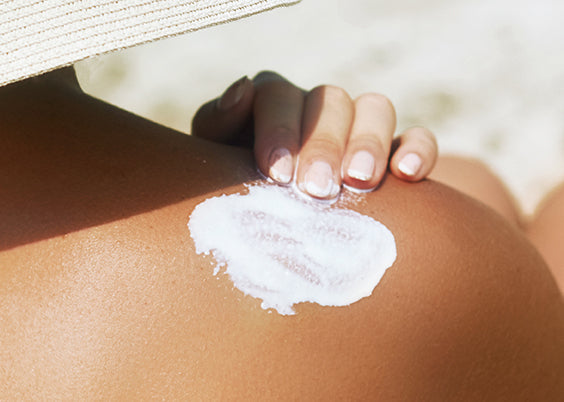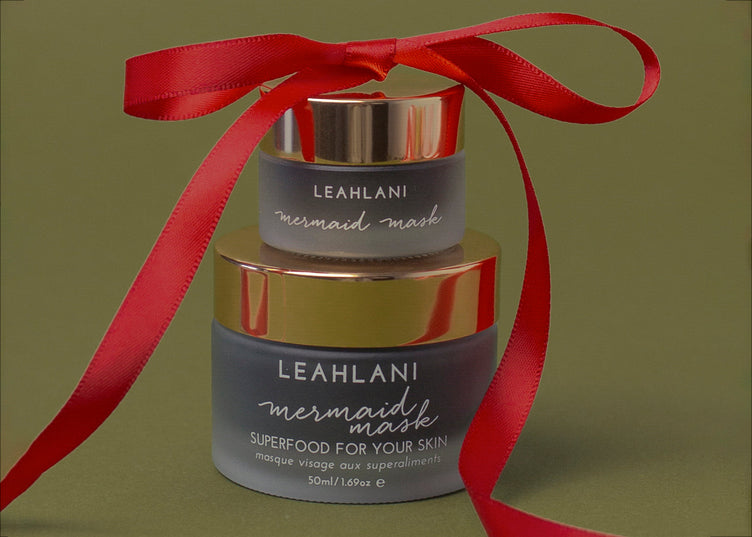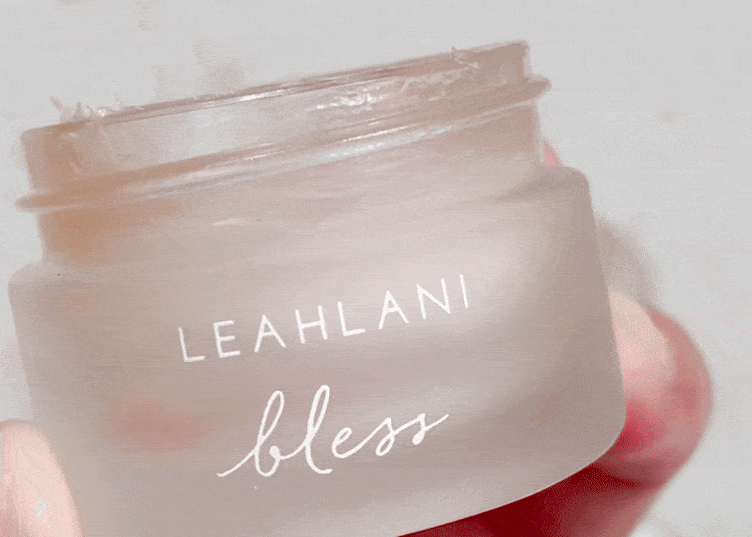There’s nothing quite as comforting or rejuvenating as the warmth of the sunshine on your face. We love the sun here at Leahlani (we live on Hawaii, after all), but loving the sun also means protecting the skin from its harmful effects. May is Skin Cancer Awareness Month — the perfect time to shed a little light on the relationship between the sunlight and our skin.
Sun + Skin
The benefits of sunlight:
Sunlight has numerous benefits for our bodies. It helps us produce vitamin D, which is essential for our bone health and overall wellness. Sunlight can also help regulate our circadian rhythm, leading to better sleep and improved mood. Studies even show that too little sunlight can lead to seasonal affective disorder (SAD), and that sun exposure can increase the production of serotonin — a neurotransmitter that supports happiness, memory and learning. Human beings are solar-powered, and as long as we take care of our skin, there’s no reason to be afraid to spend time outdoors or do a little basking.
The dark side of sun exposure:
Sunburn is the most obvious and immediate effect of prolonged, unprotected sun exposure. Even mild sunburns can be uncomfortable and painful, but the long-term effects of sun exposure are much more harmful.
Over time, exposure to ultraviolet radiation can damage the skin's outer and inner layers, causing photoaging, damaging DNA and blood vessels, and significantly increasing the risk of developing skin cancer. Photoaging is the combination of aging and sun exposure that can lead to an accelerated development of wrinkles, pigmentation, loss of elasticity, and rough skin texture. Remember — your skin doesn't necessarily need to burn to experience photoaging.
Sun exposure is the primary cause of skin cancer, which is the most common type of cancer in the United States. The best way to protect your skin from sun damage is to prevent it in the first place, and being sun smart is a simple way to reduce your risk of developing skin cancer.
How you can protect your skin:
- Avoid prolonged exposure to direct sunlight, especially during the sun's peak hours (between 10 AM to 3 PM).
- Use sunscreen with SPF 30 or higher and reapply every two hours, especially after swimming or sweating. If you're going to be in prolonged, direct exposure, use SPF 60.
- Don't forget to apply sunscreen to your ears, the back of your neck, and backs of your hands! These are areas that are frequently exposed to the sun.
- Wear protective clothing like hats and sunglasses, when you go out in the sun.
- Don't use tanning beds — EVER! They emit UV radiation that can damage your skin and increase your risk of developing skin cancer.
- Get your skin checked regularly by your dermatologist to detect any early signs of skin cancer.






